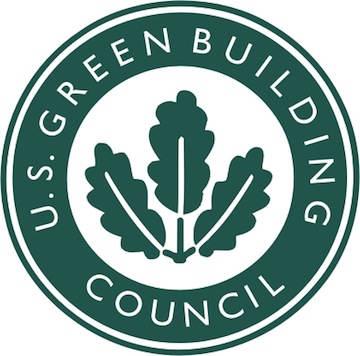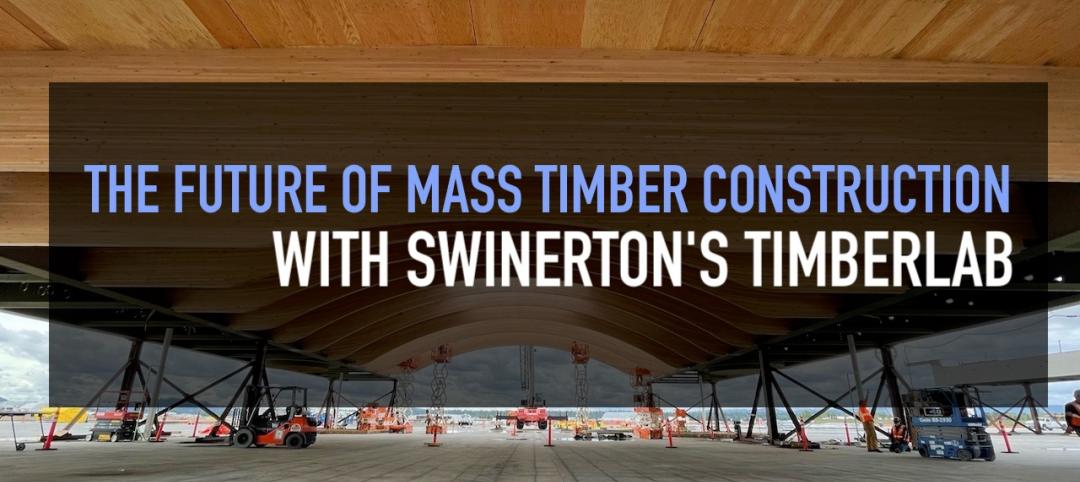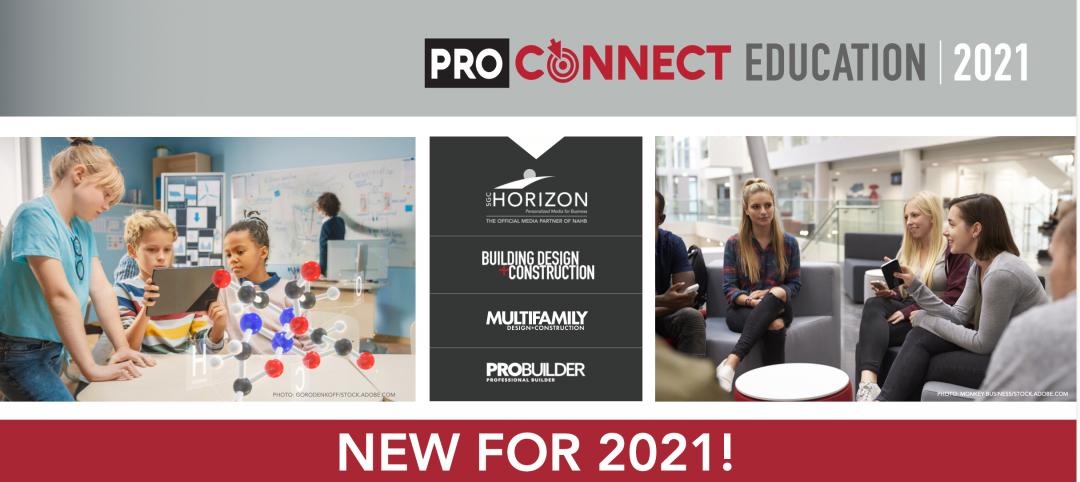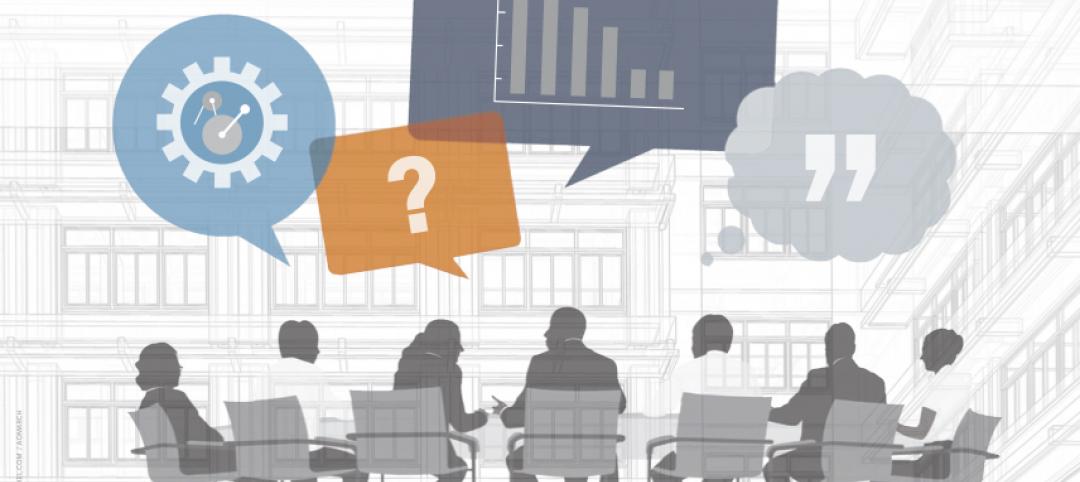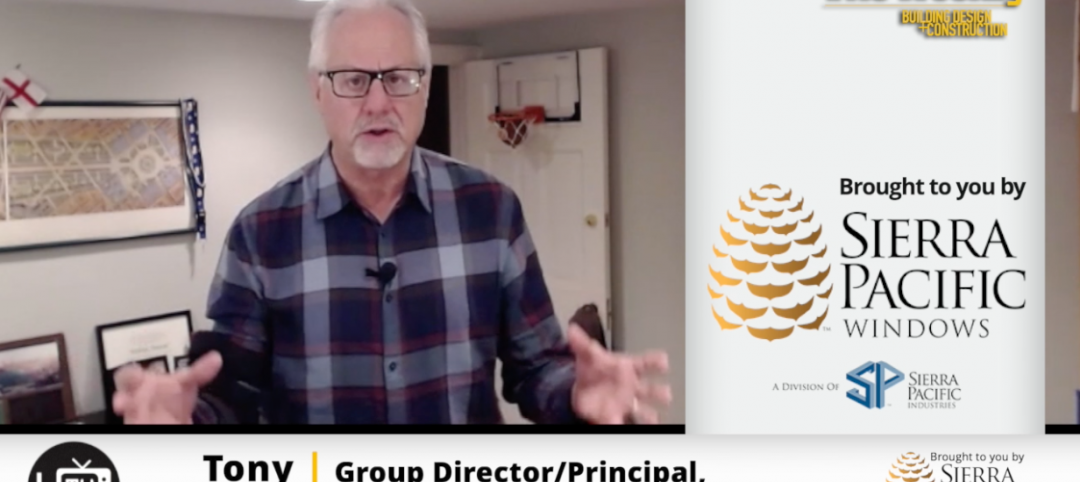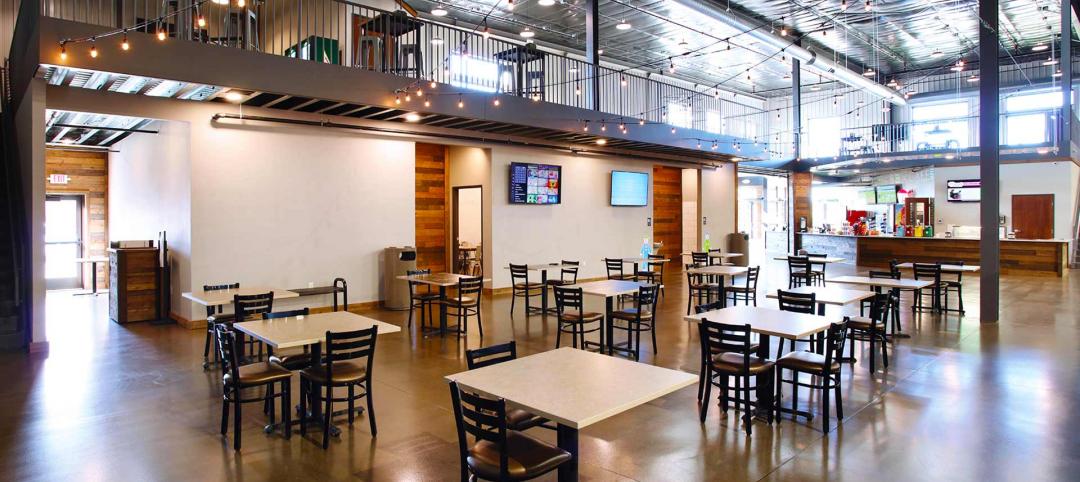The U.S. Green Building Council (USGBC) has released its annual list of the top 10 states for new LEED certifications in 2012, highlighting those regions that are transforming buildings and communities across the country.
The per-capita list is based on 2010 U.S. Census data and includes commercial and institutional buildings certified under LEED, through which approximately 2.2 billion sf has been certified worldwide through 2012.
"Securing a spot on this list is a remarkable achievement for everyone involved in the green building movement in these states," said Rick Fedrizzi, president, CEO and founding chair, USGBC. "From architects and designers to local chapter advocates, their collective efforts have brought sustainable building design and use to the forefront of the national discussion on the environment, and I applaud their efforts to create a healthier present and future for the people of their states."
Once again, the District of Columbia tops the ranking, with 36.97 sf of LEED space certified per resident in 2012.
Meanwhile, Virginia moved into position as the top state, with 3.71 sf certified per resident in 2012, overtaking Colorado, with 2.10 sf certified per person.
Other top states include Massachusetts, which moved up three positions from 2011, with 2.05 sf per person; Illinois, with 1.94 sf; and Maryland, with 1.90 sf of LEED space certified per resident in 2012.
Reflecting the ongoing trend of LEED existing buildings outpacing their newly built counterparts, in 2012 the LEED for Existing Buildings: Operations & Maintenance rating system accounted for 53% of total sf certified in these states, compared to 32% certified under LEED for New Construction.
The full ranking, which includes 10 states plus Washington, D.C., is as follows:
|
Rank |
State |
Projects certified in 2012 |
Square feet of LEED space certified in 2012 |
Per-capita square footage |
|
1 |
District of Columbia |
110 |
22,246,445 |
36.97 |
|
2 |
Virginia |
170 |
29,709,574 |
3.71 |
|
3 |
Colorado |
99 |
10,553,881 |
2.10 |
|
4 |
Massachusetts |
106 |
13,395,597 |
2.05 |
|
5 |
Illinois |
156 |
24,949,997 |
1.94 |
|
6 |
Maryland |
127 |
10,954,324 |
1.90 |
|
7 |
New York |
214 |
34,378,286 |
1.77 |
|
8 |
Washington |
133 |
10,521,177 |
1.56 |
|
9 |
California |
540 |
54,252,993 |
1.46 |
|
10 |
Texas |
224 |
36,017,979 |
1.43 |
|
11 |
Nevada |
29 |
3,741,941 |
1.39 |
"Buildings are a primary focus of our mayor's Sustainable DC initiative," said Keith Anderson, Interim Director, District of Columbia Department of the Environment. "We are indeed thrilled to be leading the nation in per-capita LEED certified space. Our private and public building sectors are boldly leading with the development of high performing green buildings, and we have aligned governmental policies to support such innovation." +
Related Stories
Green | Jan 10, 2022
The future of regenerative building is performance-based
Why measuring performance results is so critical, but also easier said than done.
Sustainability | Oct 28, 2021
Reducing embodied carbon in construction, with sustainability leader Sarah King
Sustainability leader Sarah King explains how developers and contractors can use the new EC3 software tool to reduce embodied carbon in their buildings.
Green | Oct 6, 2021
My reaction to the UN IPCC Climate Change 2021 report: Ugh!
The recent report of the UN Intergovernmental Panel on Climate Change is not a happy read.
Sponsored | Glass and Glazing | Oct 1, 2021
Seizing the Daylight with BIPV Glass
Glass has always been an idea generator. Now, it’s also a clean energy generator.
Wood | Jul 16, 2021
The future of mass timber construction, with Swinerton's Timberlab
In this exclusive for HorizonTV, BD+C's John Caulfield sat down with three Timberlab leaders to discuss the launch of the firm and what factors will lead to greater mass timber demand.
Education Facilities | Jun 4, 2021
Three ProConnect events coming this fall: Sustainability (Nov 2-3), Education (Nov 16-17), Multifamily (Dec 12-14)
SGC Horizon ProConnect 2021 schedule for Education, Multifamily, Office, and Single Family events.
Wood | May 14, 2021
What's next for mass timber design?
An architect who has worked on some of the nation's largest and most significant mass timber construction projects shares his thoughts on the latest design trends and innovations in mass timber.
Industry Research | Apr 9, 2021
BD+C exclusive research: What building owners want from AEC firms
BD+C’s first-ever owners’ survey finds them focused on improving buildings’ performance for higher investment returns.
Building Owners | Feb 4, 2021
The Weekly show, Feb 4, 2021: The rise of healthy buildings and human performance
This week on The Weekly show, BD+C editors speak with AEC industry leaders from Brookfield Properties, NBBJ, and UL about healthy buildings certification and improving human performance through research-based design.
Sponsored | Green | Jan 7, 2021
A Green Building Solution: Environmental Benefits of Custom Metal Buildings


